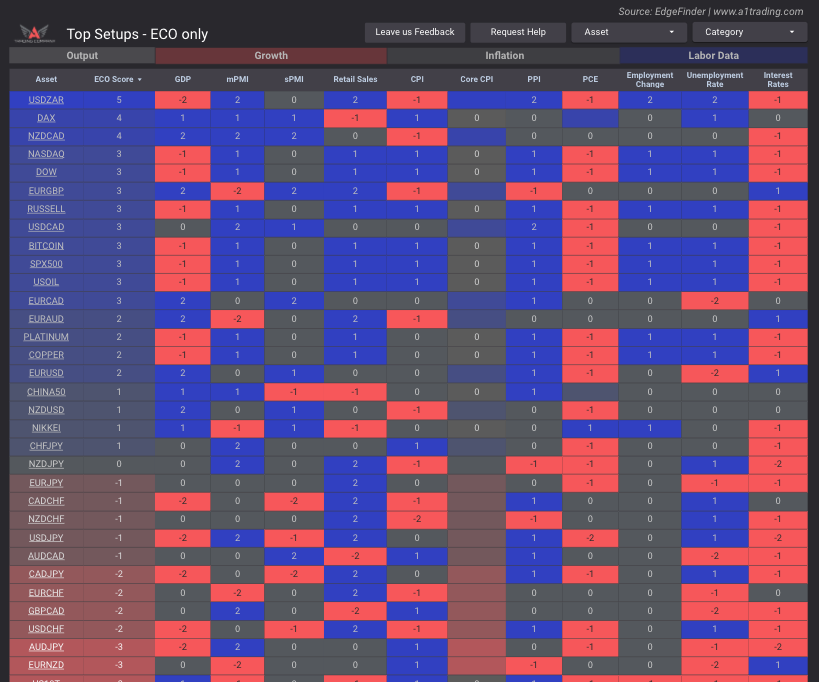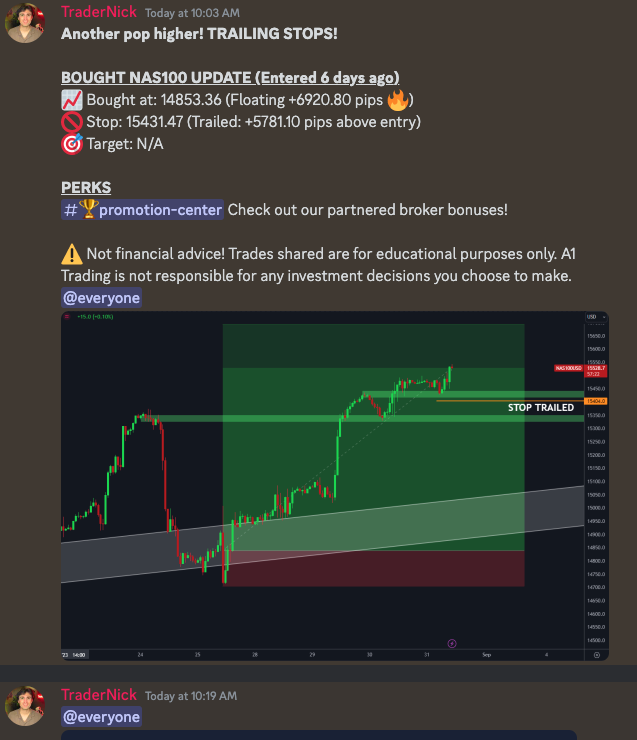S&P 500 holds near highs, but Fed cuts could spark short-term volatility before medium-term bullish momentum resumes.

You'll often see traders’ group themselves into one of these two categories, and they're either day traders or swing traders. Today we're here to consider which trading style better.
This style of trading, as the name suggests, involved opening multiple trades throughout a single day. Their objective is to consistently make medium-sized profits on numerous trades and cap losses on losing trades. This could be based on any analysis, whether that is purely technical or fundamental, or a mix of both. Day traders tend not to keep any positions open overnight or throughout the weekend.
The biggest reason to be a day trader is that it does not require a large account to start with. There are thousands of examples of people flipping 2 or 3-digit accounts into tens of thousands of dollars, if not more. Depending on if you possess the necessary traits of a successful day trader like patience and discipline, there is a strong possibility of chance to catching spectacular profits in a short space of time, like the ones swing traders take multiple days or weeks to catch.
Day trading is very time intensive. It requires tight, active trading on small timeframes such as the M30, M15, and M5. This can get a little difficult and stressful; however, it is also potentially very rewarding. It requires at least some degree of focus for the duration of the entire trading session.
This trading style gets its name from traders aiming to benefit from the natural “swing” or a market. Rather than being focused on an exact time, these traders try to spot the beginning of a directional price movement, enter a trade, and hold on until the movement dies out. Swing traders keep their positions open for several days, or even weeks, if the “swing” keeps going that long.
The biggest lure to swing trading is that it targets people who do not want to spend their whole day scanning different charts looking for opportunities, but instead want to open a couple of positions per week and leave them to run until TP or SL. Full-time employees looking for an extra income source could be of interest to this style as it is not time-intrusive and can integrate with their work and leisure time. This is far less time and effort than day trading.
Swing trading is usually practiced on the H4 and Daily timeframe. This way, traders can see and try to catch the full “swing” of a market. They tend to have slightly wider stop losses, not to be falsely caught out of a trade that is going well.




S&P 500 holds near highs, but Fed cuts could spark short-term volatility before medium-term bullish momentum resumes.
DXY holds near support as traders await FOMC, with three cuts priced and data setting the next move.
Sterling stalls at resistance as soft UK growth data shifts attention to next week’s BoE meeting and balance sheet risks.